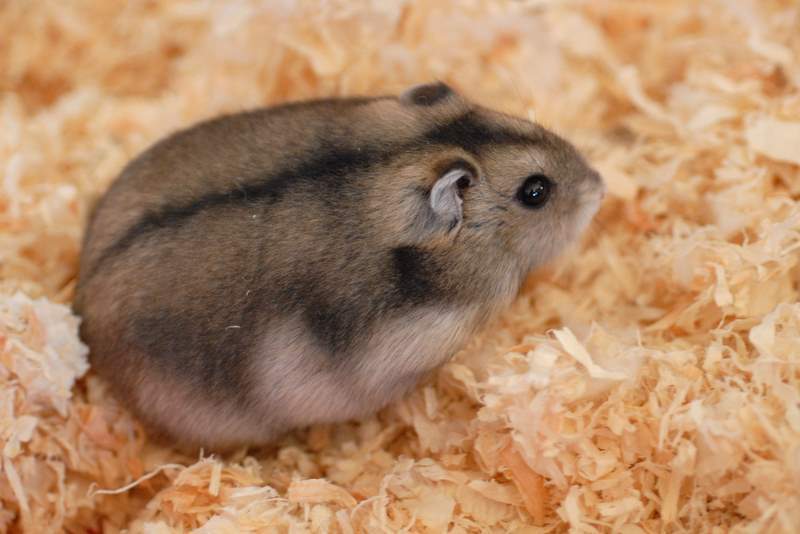Effects of exogenous leptin on seasonal reproductive responses to interacting environmental cues in female Siberian hamsters.
Bailey, A. M., S. J. Legan, V. J. Meretsky, and G. E. Demas. "Effects of Exogenous Leptin on Seasonal Reproductive Responses to Interacting Environmental Cues in Female Siberian Hamsters." Gen Comp Endocrinol 250 (Sep 01 2017): 95-103. http://dx.doi.org/10.1016/j.ygcen.2017.06.004.
Abstract
Animals living in temperate climates respond to environmental cues that signal current and future resource availability to ensure that energy resources are available to support reproduction. Siberian hamsters (Phodopus sungorus) undergo robust gonadal regression in short, winter-like photoperiods as well as in response to mild food restriction in intermediate photoperiods. The goal of the present study was to investigate whether leptin is a relevant metabolic signal in regulating gonadal regression in response to diminishing food availability. Adult female hamsters housed in short-day (winter-like) or intermediate (fall-like) photoperiods received either ad libitum access to food or mild food restriction (90% of ad libitum intake) and were treated with either leptin or a vehicle for five weeks in order to determine the ability of leptin to inhibit gonadal regression. At the end of five weeks, vehicle-treated hamsters showed physiological signs associated with ongoing gonadal regression, such as decreases in body mass and food intake, cessation of estrous cycling, and small decreases in reproductive tissue mass. Leptin did not modify changes in body mass, food intake, hormone concentration, or tissue mass, but showed a tendency to support estrous cycling, particularly in response to food restriction in the intermediate photoperiod treatment. Overall, leptin appears to play a minor role in coordinating reproductive responses to multiple environmental cues, at least in the early stages of gonadal regression.
